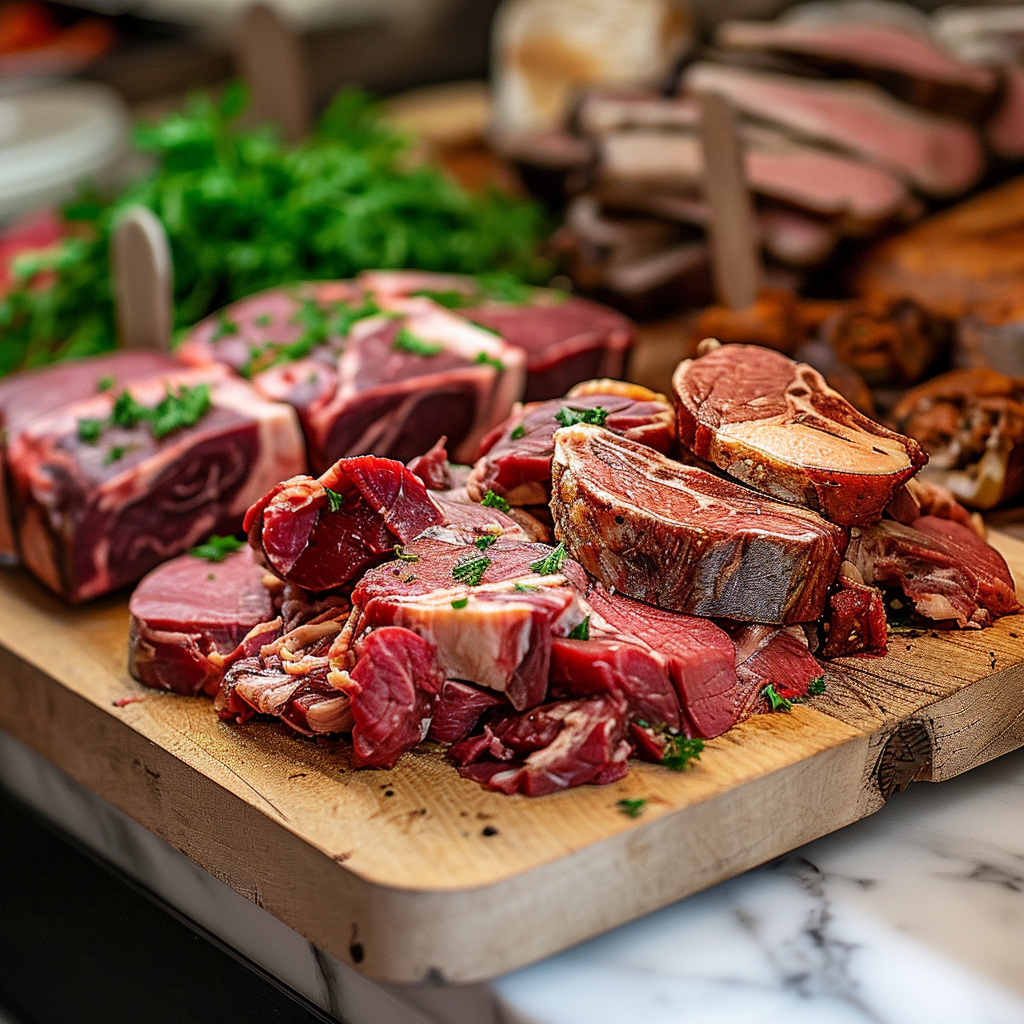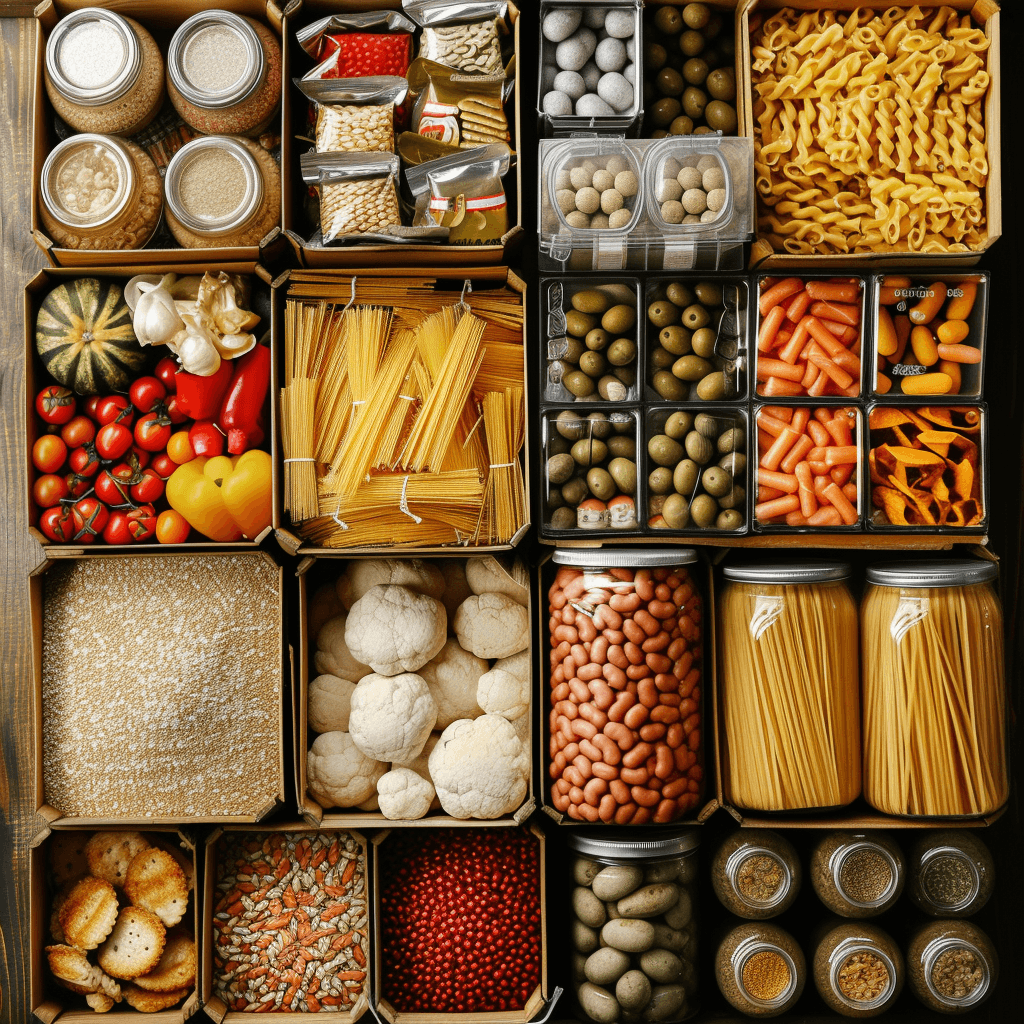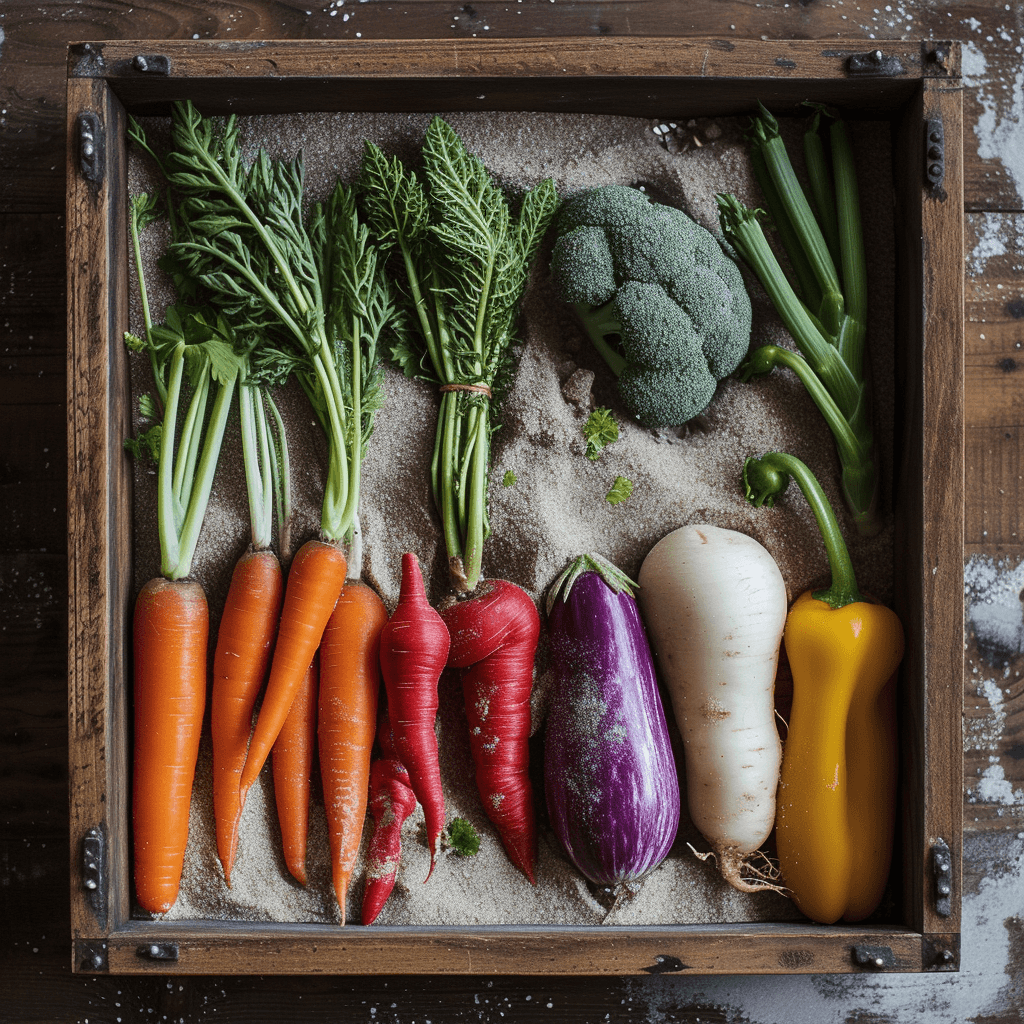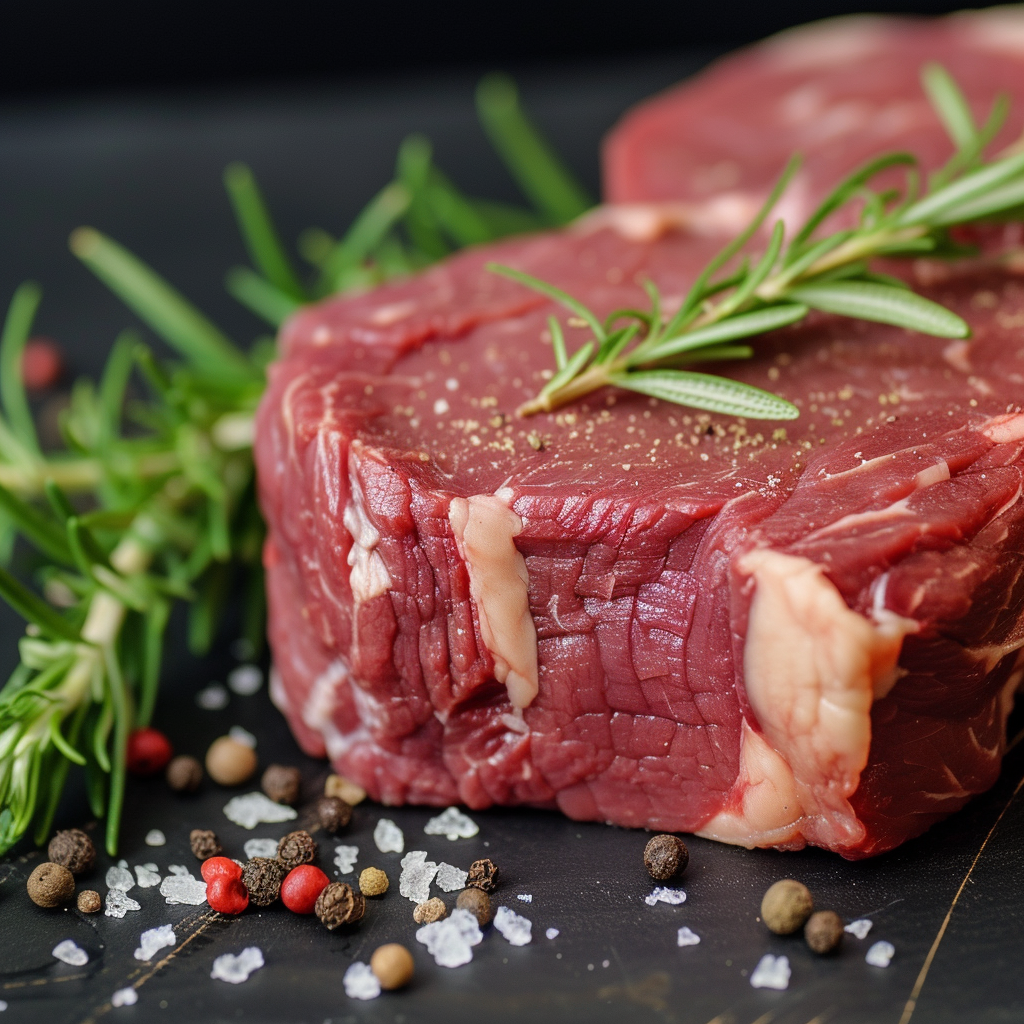Have you ever wondered how to preserve meat for long-term storage? Whether you’re an avid hunter or just looking to stock up on supplies for off-grid living, knowing how to properly preserve meat is essential. In this article as the title suggest “How Do You Preserve Meat For Years?”, we’ll dive into the ultimate guide for long-term meat storage, giving you all the tips and tricks you need to ensure your meat stays fresh and delicious for years to come. So, if you’re ready to learn the secrets of preserving meat, keep reading!
When it comes to preserving meat, there are several methods to choose from. One popular option is curing, which involves adding salt and other seasonings to the meat to draw out moisture and inhibit the growth of bacteria. Smoking is another common method, which not only adds flavor but also helps to preserve the meat by creating a protective layer. For those looking for a more modern approach, vacuum sealing and freeze drying are also effective ways to extend the shelf life of meat.
In this comprehensive guide, we’ll delve into each preservation method in detail, explaining the step-by-step process and sharing insider tips along the way. You’ll learn about the different types of curing salts, the best wood for smoking, and the optimal freezing techniques. We’ll also discuss the importance of proper hygiene and storage conditions to ensure your preserved meat stays safe to consume.
By the end of this article, you’ll be equipped with all the knowledge you need to confidently preserve meat for long-term storage. Whether you’re preparing for a forthcoming hunting trip or simply want to be self-sufficient in your off-grid lifestyle, knowing how to preserve meat is a valuable skill. So, without further ado, let’s dive into the ultimate guide for long-term meat storage and unlock the secrets to keeping your meat fresh and flavorful for years to come! Preserving Meat: The Ultimate Guide for Long-Term Storage
Off-grid living can be an exciting and fulfilling lifestyle. However, one challenge that many off-grid enthusiasts face is the need for long-term food storage. When you’re living off the grid, it’s essential to have a reliable source of food, including meat. In this article, we will explore the various methods of meat preservation that can help you store meat for years, ensuring that you always have a nutritious and delicious protein source at hand.
Methods of Meat Preservation
Canning
Canning is a popular method of meat preservation that involves sealing meat in airtight jars or cans and subjecting them to heat. This process kills bacteria and other microorganisms, allowing the meat to stay edible for an extended period. There are two main methods of canning: pressure canning and water bath canning.
Pressure canning
Pressure canning is necessary for low-acid foods, including meat. It involves processing the meat in a pressure canner at high temperatures to eliminate any potential bacteria or pathogens. This method ensures a safe and long-lasting preservation of meat.
Water bath canning
Water bath canning is suitable for high-acid foods and can be used for preserving meat that has been cured or pickled. The meat is submerged in boiling water for a specified period, which destroys any bacteria or enzymes that could cause spoilage.
Steps to can meat
To can meat using either method, start by preparing the meat – trim off any excess fat and cut it into suitable pieces. Next, pack the meat into sterilized jars, leaving appropriate headspace. Add salt or other desired seasonings if desired. Then, process the filled jars in a pressure canner or water bath canner according to the recommended processing times and pressures. Finally, wait for the jars to cool before storing them in a cool, dark place.
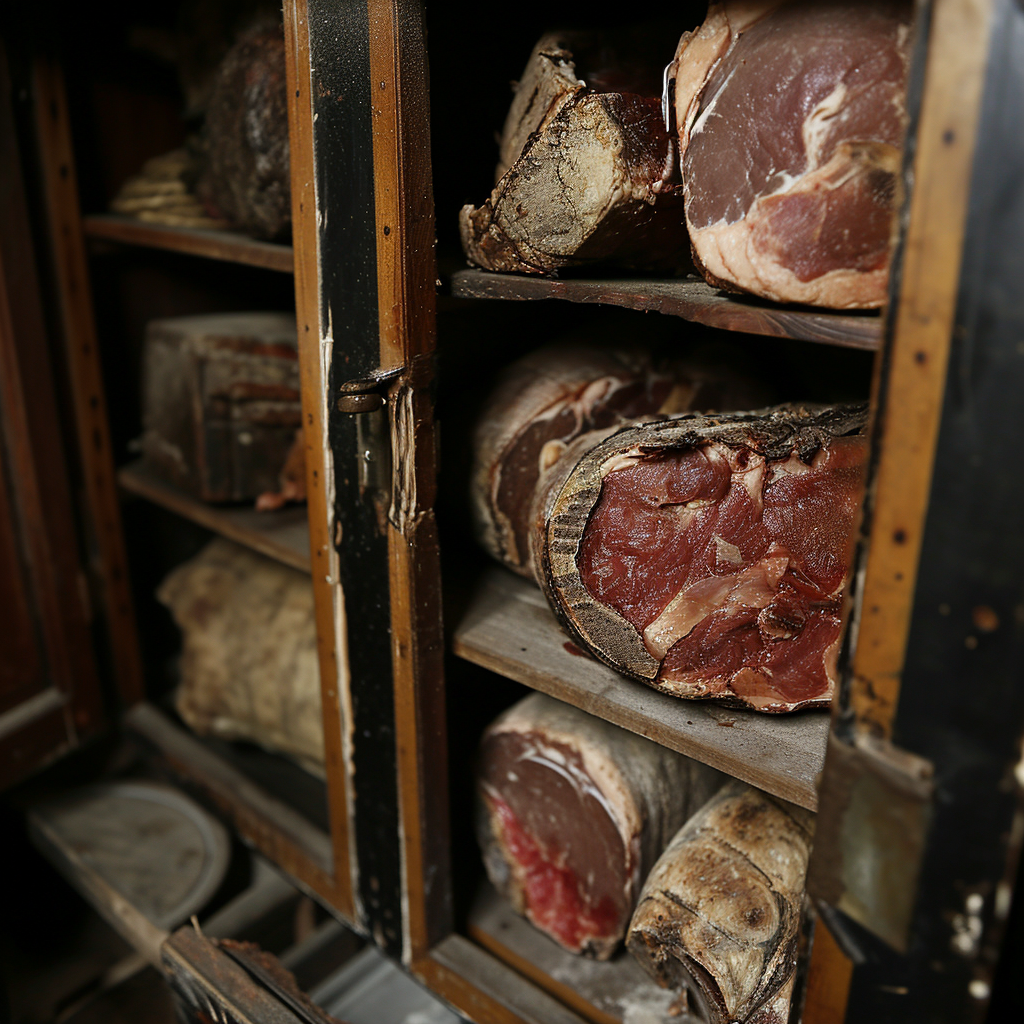
Drying
Drying is another common method of meat preservation that involves removing moisture from the meat, preventing bacterial growth and spoilage. It is often used for jerky or dried meat snacks.
Air drying
Air drying is the most traditional method of drying meat. It involves hanging the meat in a well-ventilated area or using a dehydrator in a controlled environment. The meat is left to air dry until it becomes firm and leathery, indicating that most of the moisture has been removed.
Dehydrating
Dehydrating is a more modern method of drying meat that uses a food dehydrator to remove moisture. This method allows for more control over temperature and drying time, resulting in consistent and safe preservation.
Steps to dry meat
To dry meat using either air drying or a food dehydrator, start by cutting the meat into thin strips. Next, season the meat with your desired spices or marinade for added flavor. Then, hang the strips or place them on the dehydrator trays, ensuring proper spacing for air circulation. Finally, dry the meat until it reaches the desired texture and store it in airtight containers or vacuum-sealed bags.
Smoking
Smoking is a method of meat preservation that not only enhances flavor but also helps in preserving the meat for an extended period. The smoke creates a barrier that prevents bacteria from growing on the meat’s surface.
Hot smoking
Hot smoking is a method that involves cooking the meat while it is being smoked. The meat is exposed to both heat and smoke, resulting in a fully cooked and flavor-packed final product.
Cold smoking
Cold smoking, on the other hand, does not involve cooking the meat. Instead, it is a slow process where the meat is exposed to smoke at a low temperature, typically below 85°F (29°C). This method imparts a smoky flavor to the meat while preserving its raw or partially cooked state.
Steps to smoke meat
To smoke meat, start by preparing the meat and seasoning it with your desired spices or marinade. Then, set up your smoker, ensuring that it reaches the desired temperature for hot or cold smoking. Place the meat on the racks or hooks inside the smoker, allowing adequate space between each piece. Finally, smoke the meat for the recommended amount of time or until it reaches the desired level of smokiness.
Salting
Salting is an age-old method of meat preservation that involves using salt to draw out moisture from the meat. As the moisture is removed, the meat becomes inhospitable to bacteria, preventing spoilage.
Dry salting
Dry salting involves rubbing salt directly onto the meat’s surface and allowing it to penetrate the flesh. This method helps in preserving the meat’s texture and flavor while extending its shelf life.
Wet brining
Wet brining is a method that involves creating a saltwater solution and submerging the meat in it. The saltwater solution helps in tenderizing the meat while also inhibiting bacterial growth.
Steps to salt meat
To salt meat using dry salting, start by covering the meat with a generous amount of salt, ensuring that all surfaces are coated. Let the salted meat rest in a cool, dry place for a period of time dependant on the meat’s thickness. Then, rinse off the excess salt and pat the meat dry before storing it in a cool, dry place.
To salt meat using wet brining, prepare a saltwater solution by dissolving salt in water. Submerge the meat in the solution, making sure it is fully covered. Allow the meat to brine for the recommended amount of time before removing it from the solution, rinsing it, and drying it thoroughly.
Freezing
Freezing is perhaps the most convenient method of meat preservation, as it allows meat to be stored for an indefinite period without compromising quality or taste.
Pre-freezing preparation
To prepare meat for freezing, make sure it is fresh and at its peak quality. Trim off any excess fat, and divide the meat into portion-sized pieces suitable for your needs. Properly packaging the meat is crucial to prevent freezer burn and maintain its quality.
Packaging for freezing
When packaging meat for freezing, use airtight and moisture-proof containers or materials such as freezer bags, vacuum-sealed bags, or freezer-safe containers. Ensure that all air is removed from the packaging to prevent freezer burn and maintain the meat’s quality.
Steps to freeze meat
To freeze meat properly, start by placing the prepared meat portions in suitable packaging. Seal the packaging, ensuring that no air is trapped inside. Label the packages with the type of meat and the date of freezing. Then, place the packages in a freezer set at 0°F (-18°C) or below. Remember to arrange the packages in a way that allows for easy retrieval and rotation.
Factors Affecting Meat Preservation
While choosing the right preservation method is crucial, several factors can affect the success and longevity of meat preservation.
Temperature
Temperature plays a significant role in meat preservation. The colder the temperature, the slower the bacterial growth and spoilage. It is essential to keep meat stored at temperatures below 40°F (4°C) to ensure its longevity.
Humidity
Humidity levels can affect the texture and quality of preserved meat. Excess moisture can lead to spoilage and the growth of mold, while insufficient humidity can cause the meat to become dry and tough. Aim for a relative humidity of around 75% for optimal results.
Air circulation
Proper air circulation is essential to prevent the growth of bacteria and ensure even drying or smoking of the meat. Adequate ventilation allows for the removal of moisture and the diffusion of smoke, promoting effective preservation.
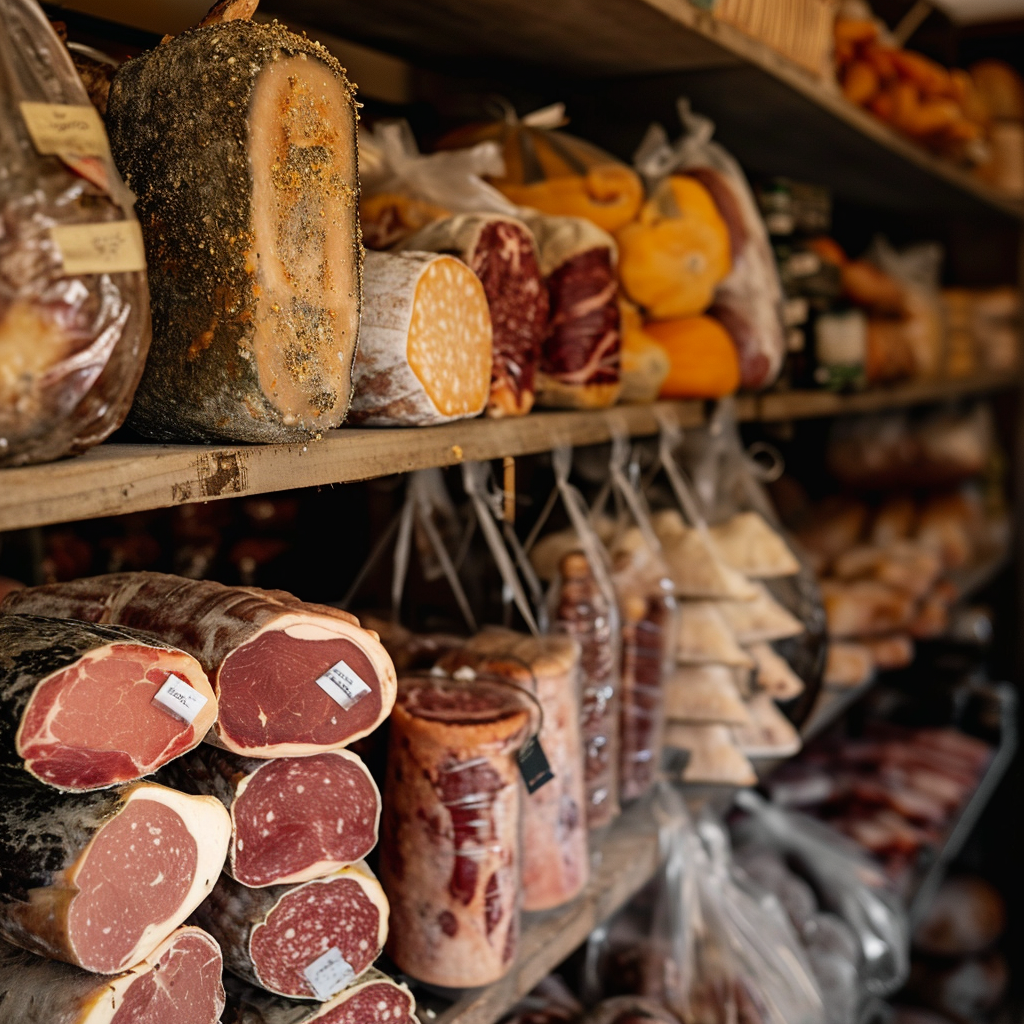
Choosing the Right Meat for Preservation
When it comes to preserving meat, selecting the right cuts and quality is crucial for successful and long-lasting preservation.
Quality of meat
Choosing high-quality meat ensures that you have a product worth preserving. Look for meat that is fresh, free from any signs of spoilage, and sourced from reputable suppliers. The quality of meat directly affects its flavor, texture, and overall preservation results.
Freshness
Preserving meat is most effective when done with fresh meat. The fresher the meat, the longer it will retain its flavor and quality during storage. If possible, consider preserving meat immediately after butchering or purchasing it for optimal results.
Cuts of meat suitable for preservation
Not all cuts of meat are suitable for preservation. Some cuts, such as lean cuts or tougher cuts, are better suited for drying or smoking, while others may be more suitable for canning or salting. Consider the characteristics of the meat and the preservation method you plan to use to determine the best cuts for your needs.
Storage Tips
Proper storage is essential to maintain the quality and safety of preserved meat. Here are some tips to ensure optimal storage conditions:
Proper packaging
Use appropriate packaging materials, such as airtight containers or vacuum-sealed bags, to prevent air and moisture from reaching the meat. This helps in preserving the meat’s texture, flavor, and nutritional value.
Labeling
Always label the packages with the type of meat and the date of preservation. This ensures that you can easily identify and rotate your meat supply, using the oldest preserved meat first.
Ideal storage conditions
Store preserved meat in a cool, dark place with a stable temperature below 40°F (4°C). A root cellar, basement, or dedicated pantry can provide suitable storage conditions. Avoid storing meat in areas with temperature fluctuations, high humidity, or exposure to direct sunlight.
Conclusion
Preserving meat is a crucial skill for off-grid living, ensuring a reliable source of protein for years to come. By familiarizing yourself with the various methods of meat preservation, such as canning, drying, smoking, salting, and freezing, you can confidently store meat for long-term use. Remember to consider the factors that affect meat preservation, choose high-quality meat, and follow proper storage practices. With the ultimate guide for meat preservation, you can enjoy delicious and nutritious meat even when living off the grid.

